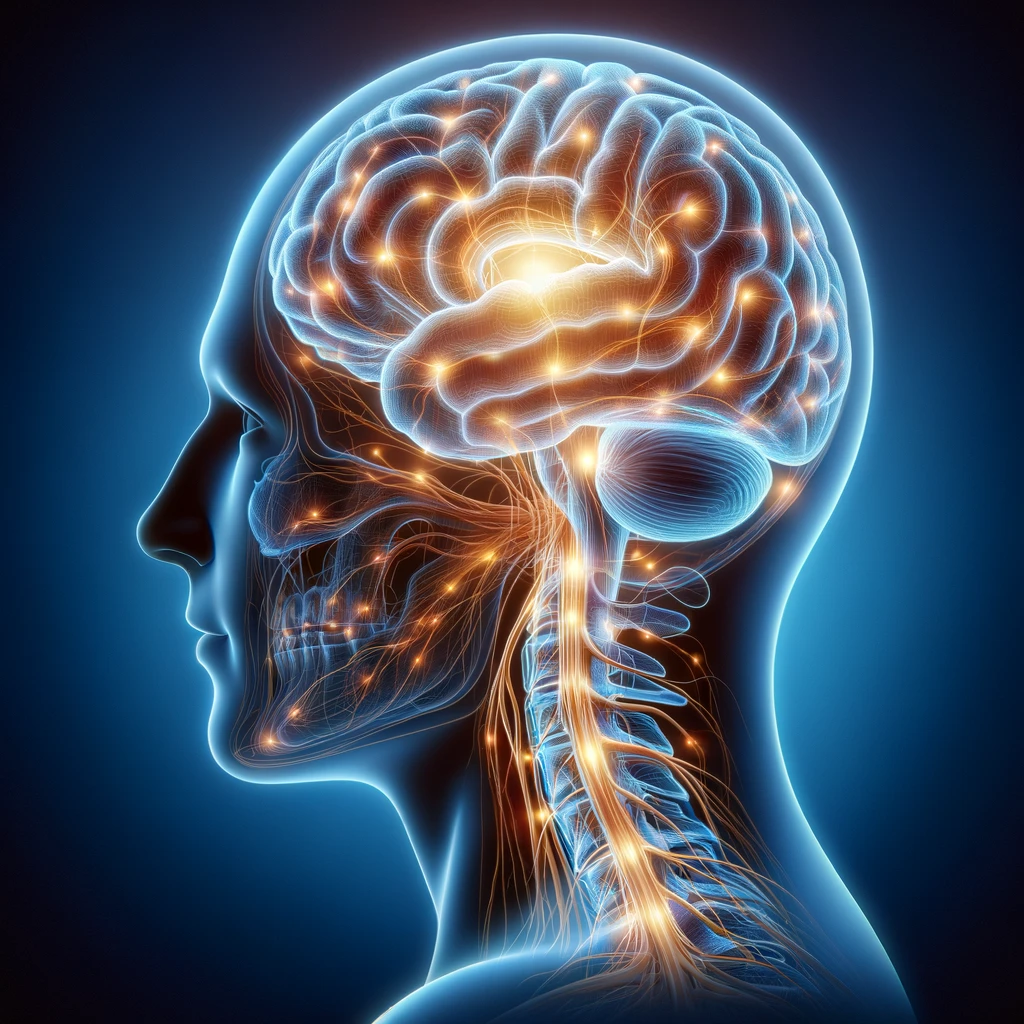Neurology

Neurology is the branch of medicine that deals with disorders of the nervous system, which includes the brain, spinal cord, nerves, and muscles. It's a complex and fascinating field that encompasses a wide range of conditions, from headaches and epilepsy to stroke and neurodegenerative diseases like Alzheimer's and Parkinson's. Neurologists are medical doctors who specialize in diagnosing and treating these conditions. They undergo extensive training in both general medicine and neurology, which allows them to understand the intricacies of the nervous system and how it can go awry. One of the key tools neurologists use is the neurological exam, where they assess a patient's mental status, cranial nerves, motor and sensory function, reflexes, and coordination. This helps them identify abnormalities that may indicate a neurological disorder. Neurology is a rapidly evolving field, with ongoing research leading to new understandings of the nervous system and innovative treatments for neurological disorders. This constant progress makes it an exciting area of medicine to both study and practice.
Procedures
Brain Tumor Surgery
Brain tumor surgery involves the precise removal or treatment of abnormal growths within the brain to alleviate symptoms and improve patient outcomes.
Anterior Cervical Discectomy Fusion
Anterior cervical discectomy and fusion (ACDF) is a surgical procedure to remove a herniated or degenerative disc in the neck and fuse adjacent vertebrae to stabilize the spine.
Craniotomy
A craniotomy is a surgical procedure involving the removal of a portion of the skull to access the brain for various diagnostic or therapeutic purposes.
Spinal Fusion
Spine fusion is a typical procedure that involves the permanent fusion of two or more vertebras (small bones in the spine), forming a single solid bone that provides structural stability to the spine and relieves the painful movements of the spine
Laminectomy
Laminectomy is a surgical procedure that involves the removal of a portion of the vertebral bone called the lamina. The lamina is a bony structure that covers the spinal cord and provides protection to the nerves.
Discectomy
This procedure involves the removal of all or a portion of a herniated or damaged spinal disc to relieve pressure on spinal nerves.
Artificial Disc Replacement
In this procedure, a damaged spinal disc is replaced with an artificial disc to maintain spinal mobility while reducing pain and preserving spine function.
Our Medical Experts





Dr. Aditya Gupta
Neurosurgery & CNS Radiosurgery & Co-Chief – Cyberknife Centre
21+ Years of Experience
